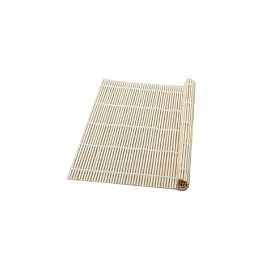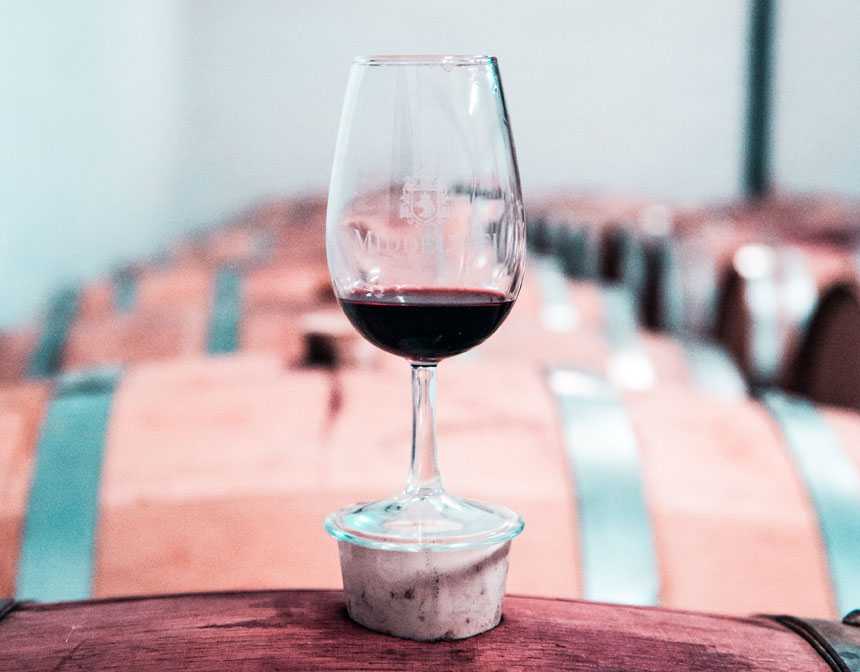What Is Kimbap?
Gimbap or Kimbap is a famous Korean dish made from cooked rice and varieties of vegetables. It is sushi but with a Korean twist. It has crabs, gim (seaweed), ham, eggs, carrots, and Korean sauces. It tastes amazing and has many variations of kimbap.
What To Serve with Kimbap?
Kimbap is typically served with sliced yellow radish pickles. It does not require a dipping sauce as sushi rolls do. However, if you wish to add flavor, you may eat it with soy sauce.
Here are some of our other Korean dishes:
How To Store Kimbap?
You can keep kimbap in an air-tight container for several hours without compromising the flavor or texture. However, if you leave this kimbap out overnight, the rice will most certainly become hard.
If you have plans on eating it the next day, wrap kimbap unsliced and store them in a sealable container in the fridge. Allow 30 minutes for the rice to come to room temperature before serving.
Before eating, many Koreans coat day-old kimbap in a beaten egg wash and pan fry them first. It's intended to prevent the kimbap's dryness.












































